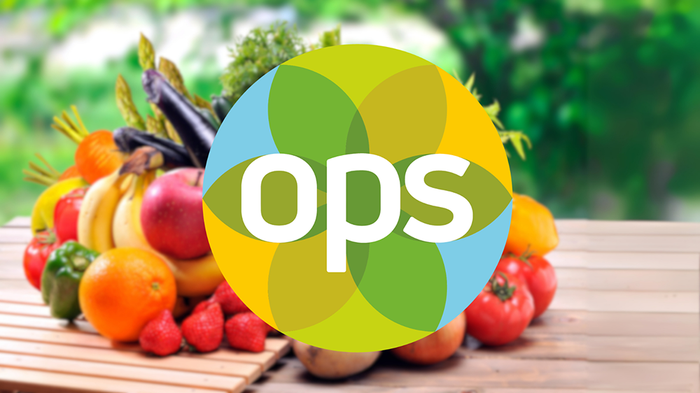In Their Words: Tom Deardorff II
June 8, 2017
.jpg?width=1280&auto=webp&quality=95&format=jpg&disable=upscale)
(Pictured above: Tom Deardorff II and Scott Deardorff)
The predecessor company to Deardorff Family Farms was founded in Los Angles in 1937 as a distributor for local growers. In the 1960s, the firm began its transition to Ventura County and to grower-shipper status as the third generation of Deardorff joined the operation. Today, the company is led by fourth generation cousins Tom Deardorff II and Scott Deardorff, who engineered the addition of an organics focus more than a decade ago. Tom discusses the transition with OPN in this edited and condensed transcript below.
OPN: What was the motivation to add an organic component to Deardorff Family Farms?
It was a natural extension of the direction we were moving. Where we farm the interface between farming and urban areas is always in play. We were altering our farming methods considerably and we talked to our production people and asked how much more we have to do to become organic. We started R&D on the project in the early 2000s. Our production team said we could do it and the sales team wanted to sell organics. so we moved forward.
OPN: How long did it take you to become a player in the organic category?
It happened rather quickly. Once we started the three-year transition process for our land, we found outside growers that we could represent and we began an organics department. By about 2005, we were up and running.
OPN: Changes such as this rarely follow the initial schedule. Was your timeline accurate? Any surprises?
We were fairly accurate in our timeline. We got going pretty much on schedule. But initially we thought we would be more diverse in crops than we are. Celery is the driver of the program and we also grow the leafy green items, including Romaine, red leaf and green leaf. We also have a lineup of bunched greens. When we started we thought we’d also have both a tomato and a strawberry program, but that hasn’t worked out as well.
OPN: In making the switch from conventional to organic, experts say it’s a balancing act between loss in yields and increase in price. Has that been your experience?
The yield decreases are real. When you start shifting acreage, other growers tell you your yields will go down but you just don’t know how much. Now 10 years later, that’s a real number. I’d say on average production per acre is down about 30 percent.
OPN: Does the premium paid for organics make up for it?
Most of the time, I’d say yes. We have also streamlined our operations and created efficiencies so we have been able to make up for the reduction in yields. As long as the industry continues to understand that you do have to get a premium for organics, it will work out.
OPN: Are supply and demand on the organics side in sync?
For the most part they are. There are times that supply will grow faster than demand or demand grows faster than supply, but in general they are about where they should be. The rules about transitioning acreage tends to limit growth. But it is getting increasingly difficult to find suitable land in Coastal California. It’s a challenge. That is why we are looking at other areas, including Mexico and the desert. We need to be diversified so we have alternatives when we have supply problems in one area. We continue to increase our organic acreage. Right now we are 60/40 with conventional being the larger piece, but our organic percentage will continue to increase.

